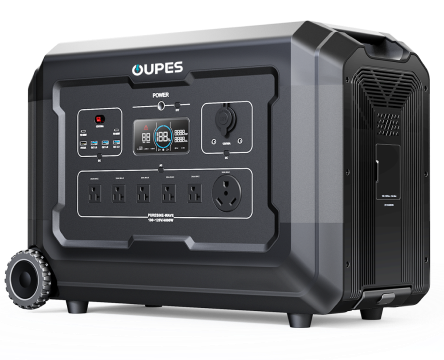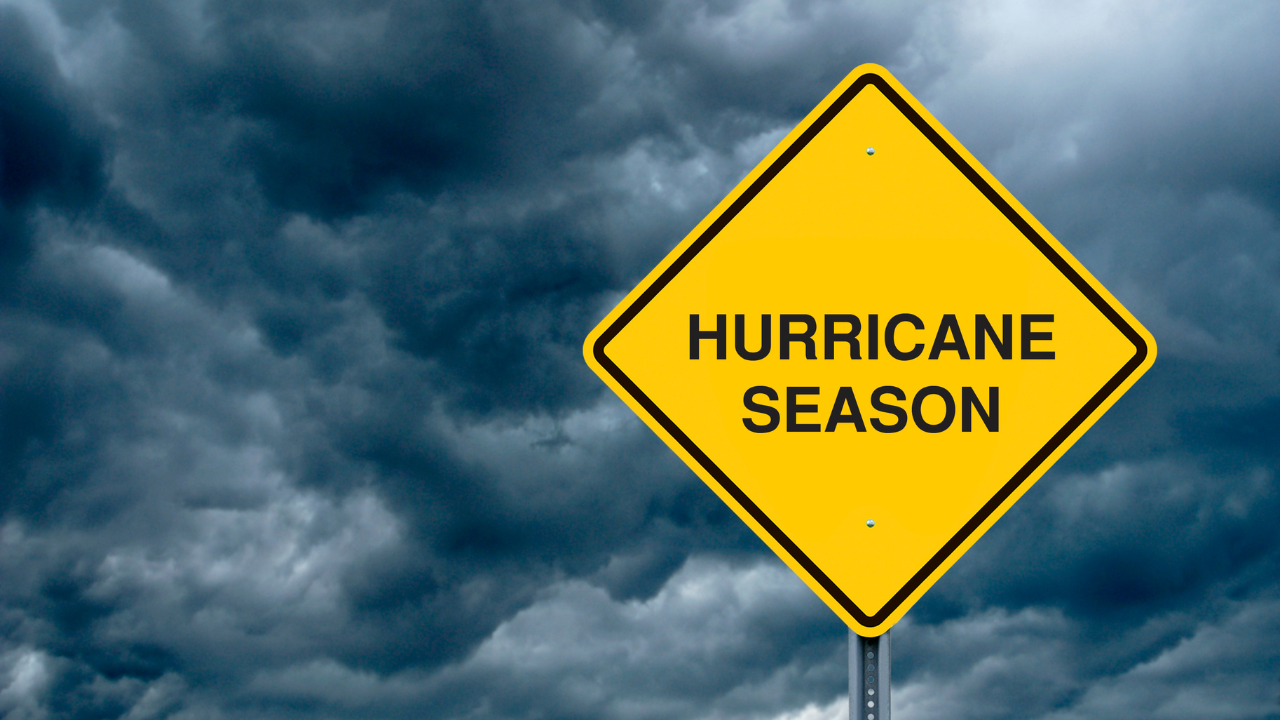Think about camping miles away from your home and still being able to charge your phone, run your mini fridge and power your lights – all with the use of sunlight. As clean energy and off-grid expeditions become increasingly popular, the portable solar panel has become not a luxury, but a wise investment.
You may be wondering: “Which size solar panels will suit me best?” The answer depends largely on your power needs. Whatever your power requirements are, with the right solar panel, you can harness the power of the sun to power your necessities.
Let’s break down the solar panel sizes for you—simply and clearly.
Know Your Daily Power Needs

Before purchasing a solar panel, calculate your daily power consumption. Start by calculating the watt-hours (Wh) of all your appliances that you want to use as a backup. Here is a rough calculation:
● Smartphone: 10–15Wh
● Laptop: 60–100Wh
● Mini fridge (24 hrs): 400 – 600Wh.
● LED lights (5 hrs): 25Wh
In case your overall daily requirement is approximately 500Wh, the required solar panel must be capable of generating this much power within a day. In excellent sunlight conditions, a 100W solar panel can produce around 300-600Wh of electricity every day.
Choosing the Right Portable Solar Panel Size
The size of a panel is normally measured in watts. The higher the watts, the quicker and more efficiently the panel can produce power. Here is a quick guide to get you started:
● 60W–100W: Best for small electronics and basic charging
● 120W-160W: Perfect for laptops, drones and camera equipment
● 180W-240W: It is perfect to power mini-fridges, TV, or faster charging
In case you use a portable solar powered station, ensure that your panel is compatible with it. For example, a 240W panel will take 4-5 hours to charge a 1000Wh power station, depending on the sunlight it receives.
OUPES offers a plug-and-play option with solar generator kits that simplify setup and maximize efficiency. These provide an all-in-one solution, making them perfect for beginners and pros alike.
Panel Size Guide
Portable solar panels come in different sizes (wattage range) to suit different needs. These are some of the most common solar panel wattages:
|
Panel Size |
Daily Output (Wh) |
Best For |
Charging Time for 1000Wh Station |
|
60W |
180–300 Wh |
Phones, cameras, LED lights |
10–14 hours |
|
100W |
300–600 Wh |
Laptops, tablets, small electronics |
8–10 hours |
|
160W |
500–800 Wh |
Mini-fridges, TVs, light appliances |
6–7 hours |
|
200W |
700–1000 Wh |
Power stations, heavy usage |
5–6 hours |
|
240W |
800–1200 Wh |
Fast recharges, multiple devices |
4–5 hours |
These stats are based on 5–6 hours of optimal sunlight. Actual output may vary depending on the weather and panel efficiency.
Panel Efficiency and Portability Matter
Selecting an appropriate size does not only depend on wattage. Portability and efficiency are significant factors, too. The modern solar panels for power stations have monocrystalline cells that convert sunlight to energy with an efficiency of up to 23%- this is equivalent to generating more energy within a given area.
The monocrystalline panels are capable of reaching an efficiency of up to 23% compared to the polycrystalline panels, which give an average of about 15-17%.
For portability, use foldable or suitcase-style panels that weigh less than 15 pounds. They are lightweight and can be installed easily and quickly, even in rocky areas or congested cities.
How Weather Affects Solar Panel Performance
Even the most effective portable solar panel relies on the sun. The gray skies, dense shadows, and darker winter days will greatly reduce solar production, even by more than 50%. Although panels continue to operate on cloudy days, their performance reduces significantly.
However, you can invest in a bigger panel or a larger portable solar power station to counter these losses. While direct sunlight on a clear day generates the most power, real-world testing shows that even on heavy cloud or winter days, panels often still produce 20–25 % of their usual output, which is enough to contribute meaningfully if your system is sized properly.
Matching with a Solar Power Station
Your solar powered station actually serves as a battery that stores the energy that is collected by your panel. The selected panel must match the station’s input rating. When the panel wattage (size) is too low, the charging is extremely slow; too high and there can be compatibility issues.
Nearly no solar panel performs at 100% efficiency all day, so a panel rated slightly above your power station’s maximum input can be beneficial. Most power stations from Oupes include MPPT (Maximum Power Point Tracking) to optimize energy harvest despite changing sunlight or shading.
FAQs
How to connect solar panels to a power station?
The majority of panels have universal connectors such as MC4 or Anderson. Connect the cable to the input port of your portable solar power station and place the panel in a sunny area.
Is it possible to charge a portable power station with any 12V solar panel?
It depends on voltage and amperage compatibility. Never forget to check the specifications of your power station before connecting.
What is the cost of a solar powered station?
Price range varies based on the WHs and other features. Oupes offers the Exodus 600 for just $139 with basic functionalities, going all the way to Titan 5 for $3299, offering everything you need in a power station.
Are portable solar panels water proof?
The majority of them can resist light rain, but must not be immersed or exposed to heavy weather for an extended period. Check the IP ratings for your panels to be sure.
Is it possible to charge an EV with a portable solar panel?
Technically yes, but it’s very slow and impractical unless you have a very large system. A power station with solar panel support may help bridge the gap for small top-ups.
Conclusion
Choosing the right portable solar panel is all about balancing between wattage, efficiency, portability and cost. By knowing your energy needs, selecting the appropriate panel size, you will be able to have smooth, sustainable energy wherever you are.
Go green with portable solar panels, stay charged, and let the sun work for you.

































Leave a comment
This site is protected by hCaptcha and the hCaptcha Privacy Policy and Terms of Service apply.